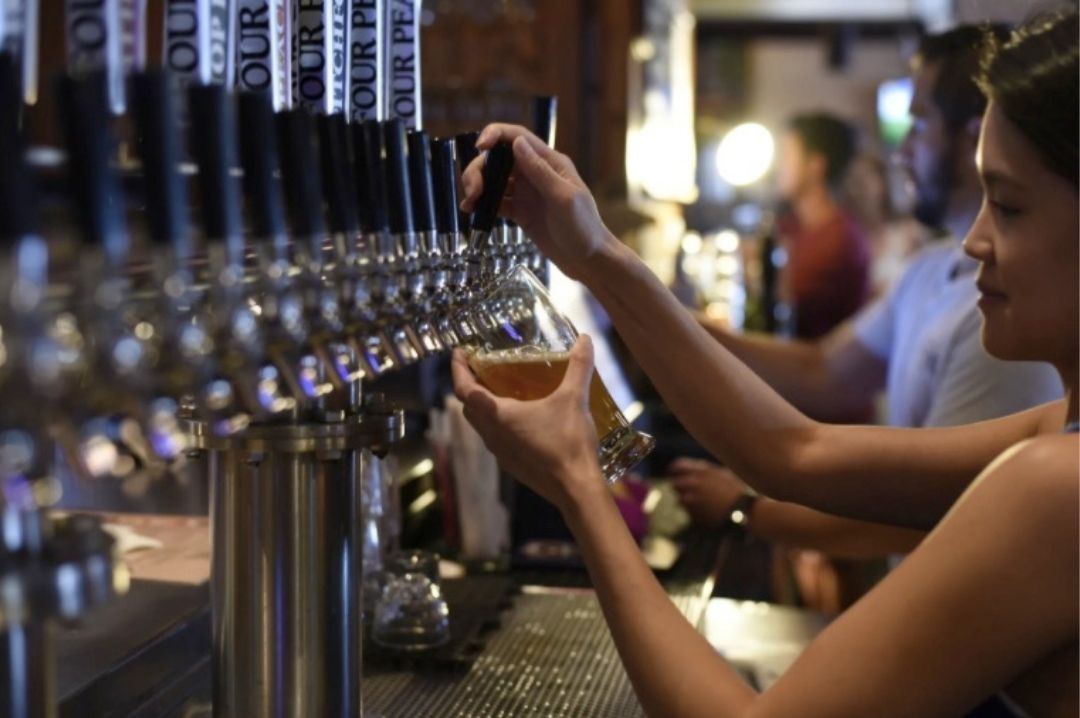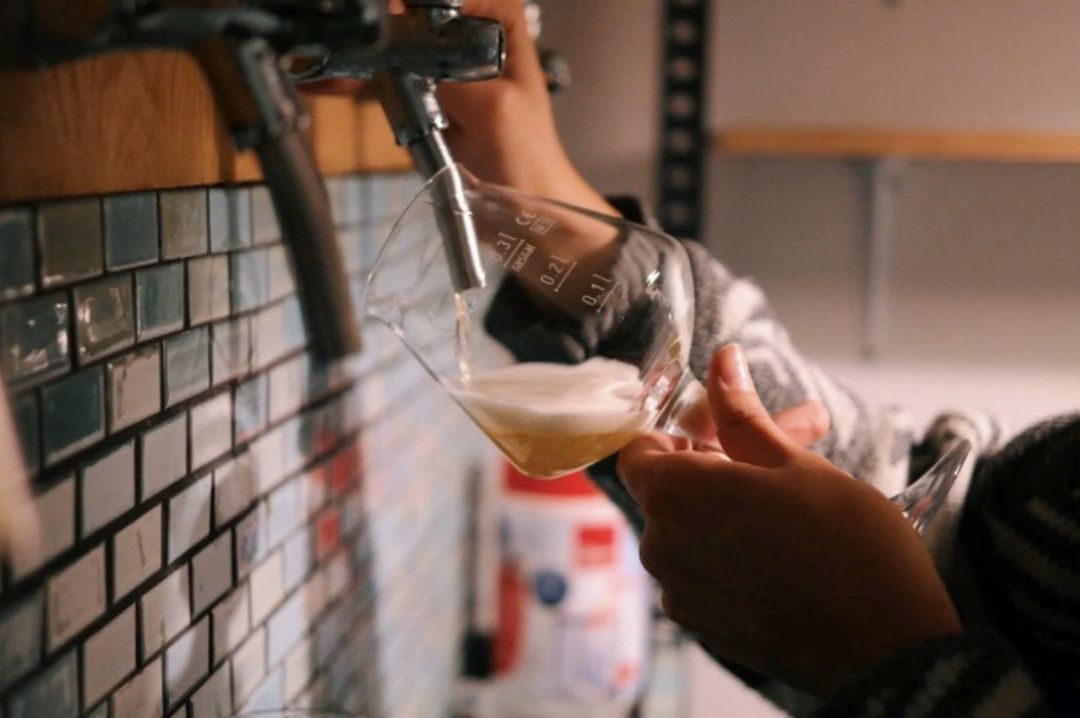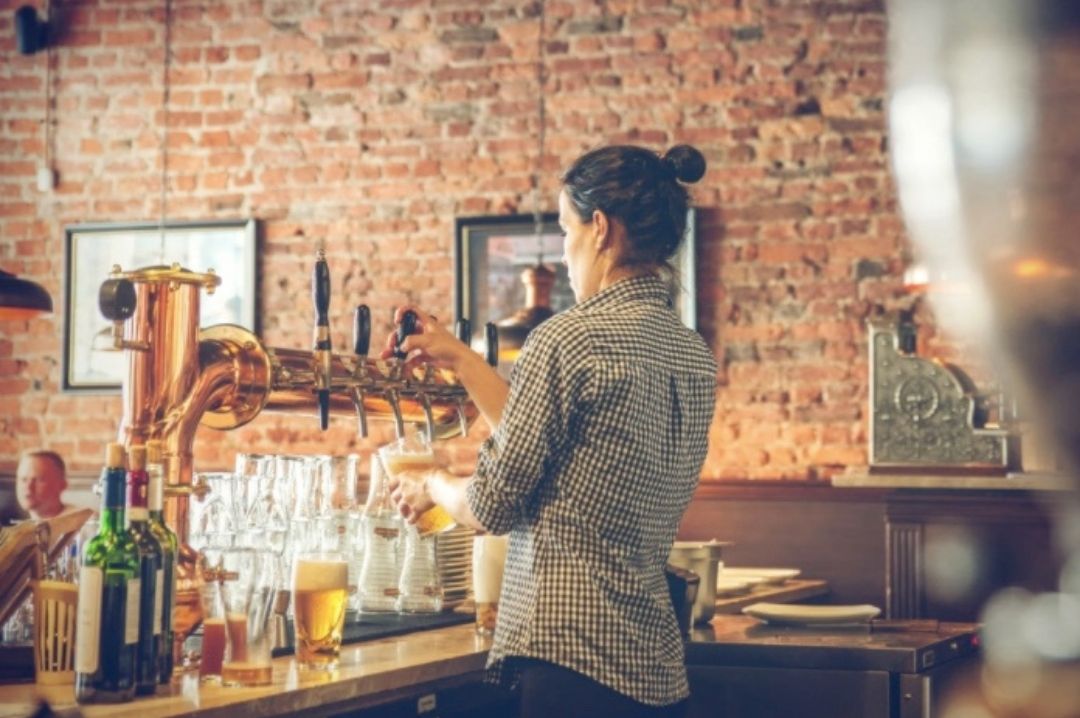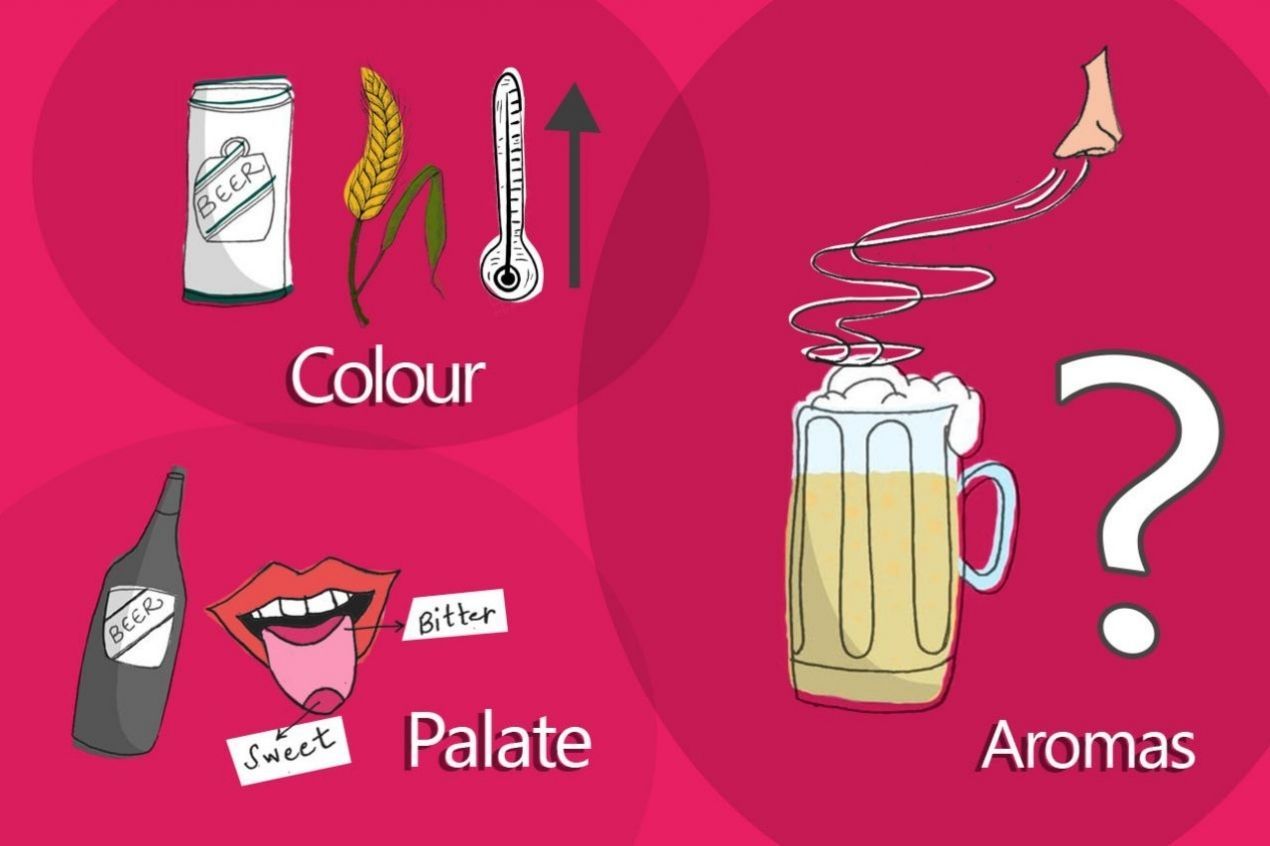What to Drink
How to taste beer and understand its quality
Let's go from layman to expert by knowing these factors that separate an ok beer from a stellar one!
You have probably had many a pint in your lifetime, but can you tell how good the beer you're drinking actually is? Let's go from layman to expert by knowing these factors that separate an ok beer from a stellar one!
A complex beverage, beer can be of varied styles and quality. A few factors determine how it was created, the ingredients that were used, and how it will taste.
What does the beer’s color mean?
Beer is just malted barley, hops, yeast, and water. These four ingredients might sound simple, but when combined, they create a myriad of beer styles.
When it comes to color, the leading player is barley. Producers germinate the barley grains and dry them with hot air or in an oven to make malted barley. The temperature in which the barley is ‘roasted’ determines the color of the beer, from straw/gold to red/caramel to brown/black. Almost all the time, the color of the beer gives a hint about how the beer might taste. For example, if the beer is dark, like Sambrooks Brewery’s Russian Imperial Stout; it means it contains roasted malts. With this, you’re most likely to taste notes of chocolate, coffee, or other darker notes.
A beer that is in a medium-gold shade usually carries wheat or barley as its strongest base. These beers are usually ready in flavor. A great example is WooHa Wheat, a German Wheat beer by WooHa Brewing Company. Beers with a reddish tinge are most likely malt-based and have notes of fruits and nuttiness. A light-colored beer usually sports brighter notes, such as citrus, crispiness, acidity, and tropical fruits.
Beer Tip 1: The darker the beer, the higher the temperature at which its barley is roasted. Dark beers can be light and crisp, and bright beers can be substantial and robust.

Yeast in Beer & Its Aromas
Pop open your beer and breathe in the aromas coming out of your bottle. The aromas in a beer are created by the yeast. Yeast does the same thing wherever it goes, it eats. The yeast put in the wort eats the grain sugars, which in turn produces the alcohol content that you look for in a beer.
However, it’s not just any kind of yeast that is used in the making of beer. It all comes down to two main sides: ale and lager. These two styles of beers are distinguished by the way they are fermented. Ale is fermented at the top [top-fermented]. This means that the yeast is set on the top of the wort and at a comparatively higher temperature. Top fermenting tends to bring in more flavor to a beer.
On the other hand, Lager is fermented from the bottom [bottom-fermented], with a very low temperature compared to an Ale. The reaction of the yeast in a Lager takes longer, producing a crisper beer.
Lager yeast produces no aromas — think Budweiser, while Ale yeast can create an entire spectrum of aromas from apples and baked bread, to kiwi and banana. The level of roasting of the grains also adds aromas. Medium roasted malts can add caramel aromas and heavily roasted malts are reminiscent of dark chocolate and espresso.
Beer Tip 2: If you find fruit or bakery aromas, what you have in front of you is an Ale. Lagers have no noticeable aromas. Try to identify the aromas coming from the roasted malt too.

Malt & its Role
When we talk about malt in a beer, what we mean is malted barley. As you might already know, beer is made from the sugars that are extracted from malted barley. Let’s just say, malt is one of the most important ingredients when it comes to brewing.
When brewers talk about malt, they are usually talking about different types of malted barley that are processed to create a range of maltose sugars - which is what the yeast in the beer eats. Some of these malts are Lager Malts, Chocolate Malts, Pale Malts, Vienna Malts, Munich Malts, Chocolate Malts, and Toasted & Roasted Malts.
The role of malt is to merge with the yeast and create the ‘grain bill’ of a beer - which is what helps in imparting flavor throughout the beer.
Hops Play a Bitter Part
Hops are unique flowers used to stabilize beer. Hops usually add bitterness to a beer, due to the acids and oils they contain. And bitterness matters, because it’s the most important factor to determine if you like a beer or not.
Even though hops are known for adding bitterness to a beer, that’s not all that they are used for. Hops are added in during the boiling process, and that’s where you can change things up. Beer could be dry-hopped, or fresh-hopped. Dry hopped beer is when hops are added to the fermenter. Meanwhile, fresh-hopped beer is when freshly picked hops are added to the process.
Bitter beers like IPAs or double IPAs can be too much for the inexperienced. Still, they’re immensely satisfying once you get used to their intense mouthfeel.
Beer Tip 3: When you taste a beer, focus on the bitterness in the mid-palate, try to taste an American Ale vs an IPA to see the difference.

Whenever you’re in front of a pint of beer, focus on its color, and try to imagine what type of roasted malt was used. Smell your beer and identify if it’s an aromatic Ale or a neutral Lager, what aromas can you find? Finally, focus on the bitterness in your palate.
Earn your bragging rights as you become an expert on beers and their taste. Maybe next time you will be recommending the next round at the pub!
















